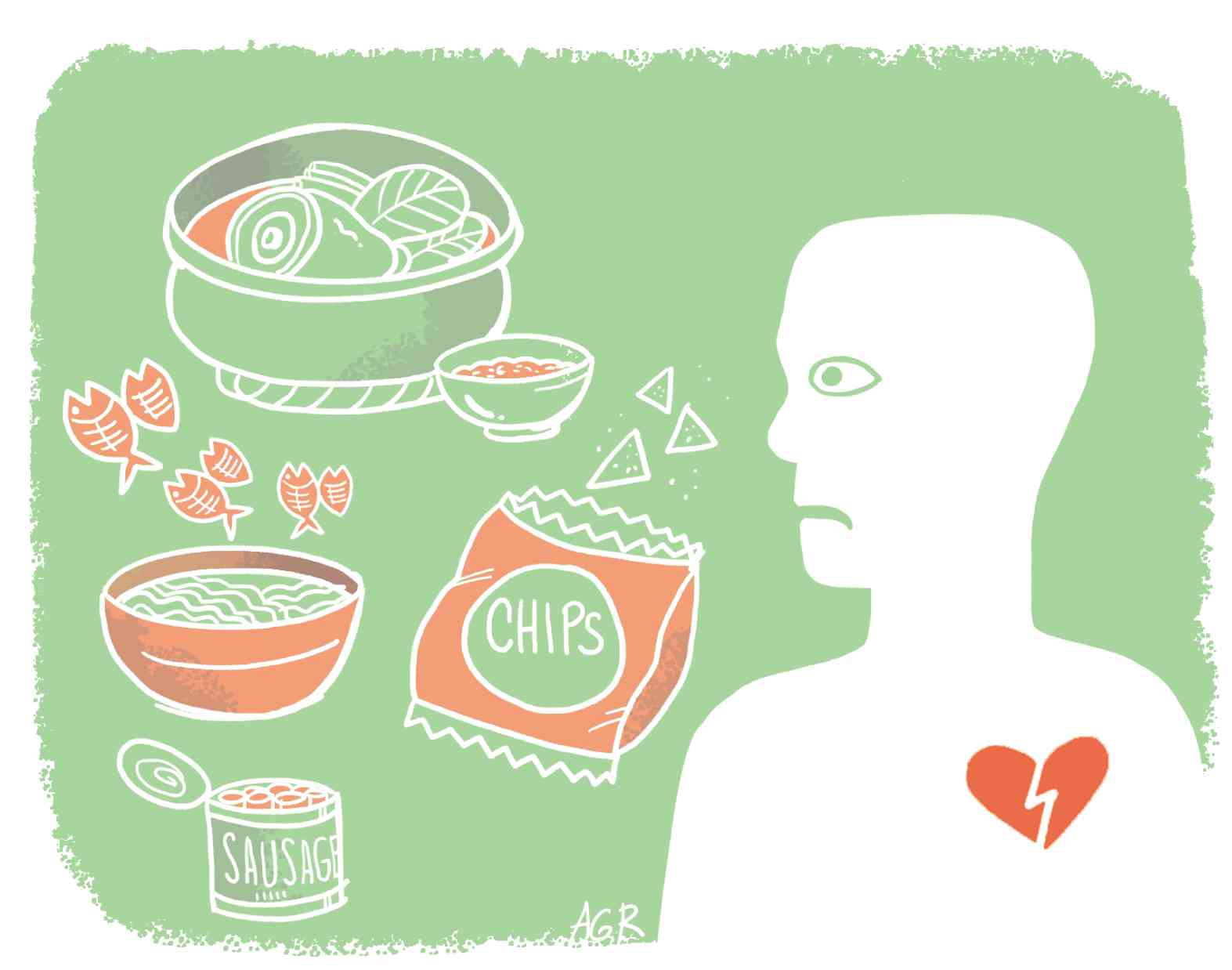
The practice of medicine can truly be humbling. We still don’t have the final answer to many questions in the proper management of common medical problems. Hence, treatment guidelines swing back and forth like a pendulum.
Previously, what was considered hypertension or abnormally high blood pressure (BP) was 140/90 mmHg or higher.
Now, the updated guidelines released by the American Heart Association (AHA) and American College of Cardiology (ACC), and endorsed by several big medical organizations, defined a normal BP as less than 120/80 mmHg.
If it reaches 130/80 or higher, it’s already considered stage 1 hypertension, and treatment is recommended, comprised of therapeutic lifestyle changes (TLC), like a high-fiber, low-salt diet, exercise and stress management, and/or immediate initiation of BP-lowering drugs.
The new treatment guidelines were released last week at the AHA meeting in Anaheim, California.
The decision on whether to start medicines immediately or try TLC first is based on the degree of cardiovascular risk for complications like heart attack, stroke and even premature death.
If the hypertensive individual is deemed an intermediate to high risk, which can be easily decided by the doctor using a simple risk-assessment clinical tool designed by the AHA-ACC also, antihypertensive drugs are started on top of TLC.
In young and other low-risk individuals, with just mild BP elevation and no other significant risk factors like smoking, obesity, diabetes or high cholesterol, BP-lowering drugs may not be initially necessary and TLC may be tried for three to six months. The patient is reevaluated after this period.
Low-salt diet
Another paper presented in the AHA meeting showed that good adherence to a healthy diet with low-salt content can reduce BP, similar to what a combination of two drugs can do. The problem, of course, is how to stick consistently to a healthy and low-salt diet.
In real-life clinical practice, it’s quite a challenge to convince our patients to adopt such a diet. Asians, including Filipinos, are fond of salty food and condiments.
Some instant meals such as instant noodles and canned food have excessive salt. On top of that, we have many Filipino dishes, for example, pinakbet, kare-kare and dried fish, with excessive serving of salty condiments.
Going back to the updated guidelines, it’s recommended that the new “normal” for BP should be even for the elderly who are still ambulatory and relatively strong. The goal is a systolic (the upper number) BP of less than 130 mmHg.
However, for frail individuals, especially bed-ridden patients who have other medical conditions, and those who experience dizziness when standing up due to a drop in the BP (orthostatic hypotension), a more liberal approach is recommended, with a systolic BP target of less than 140 mmHg as an ideal level.
If orthostatic hypotension is still experienced, a systolic BP of less than 150 mmHg is acceptable.
Usually in the elderly, only the systolic BP is elevated. Their diastolic (the lower number) BP is usually on the low side. So, it’s common to get BPs of, say, 160/60 or even 180/60 mmHg in the elderly. This is called isolated systolic hypertension.
Hopefully, with the new recommendations on the ideal BP level that physicians should aim for, hypertensive patients will be better protected from developing complications like heart attack, stroke, kidney and heart failure.
This also means that the number of hypertensive patients will increase, by virtue of the lower level set as normal. This means more drugs will be required, with a resulting increase in the financial burden to treat hypertension.
Only time will tell if this revised definition of hypertension will redound to the benefit of patients, and if the increased financial cost or burden would be offset by the reduced prevalence of disabling complications which would require frequent hospitalization.













































